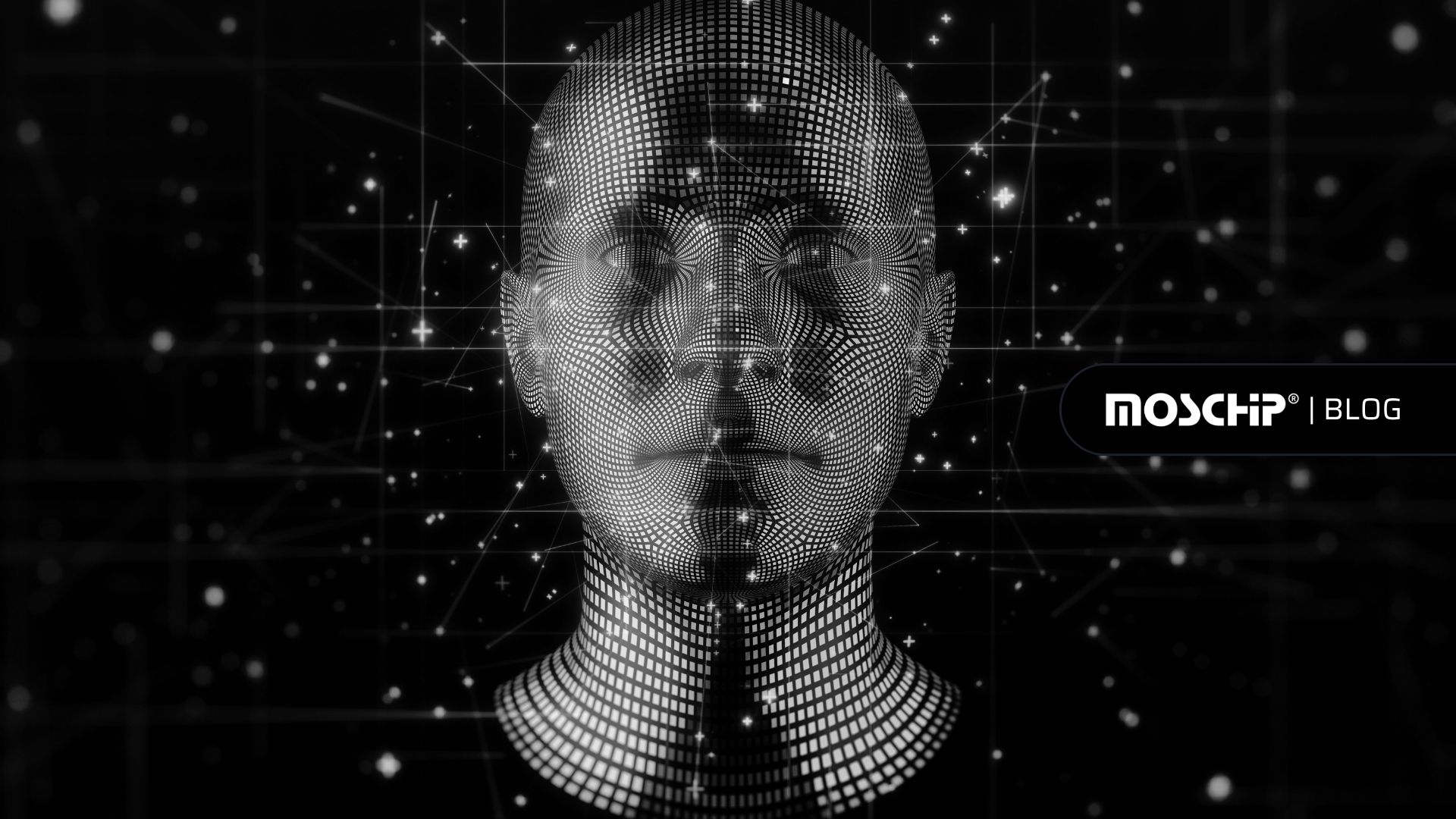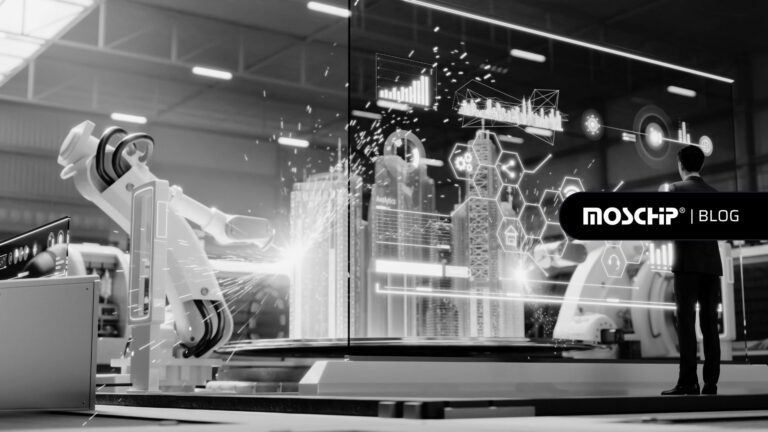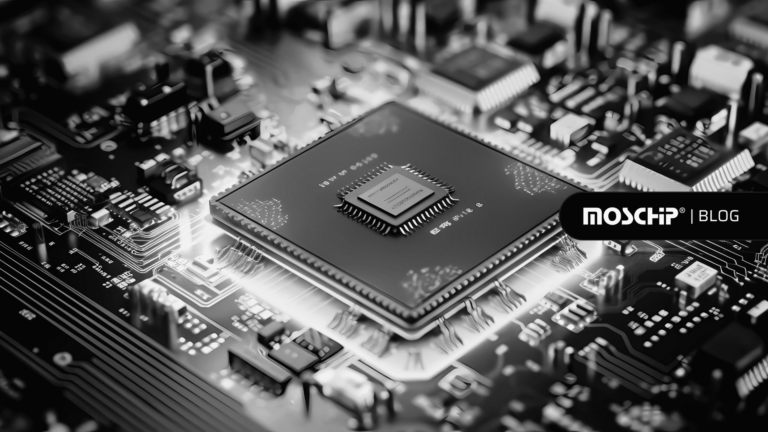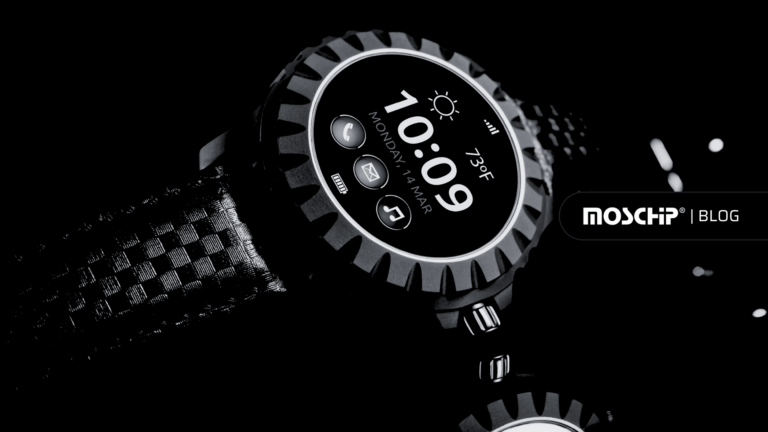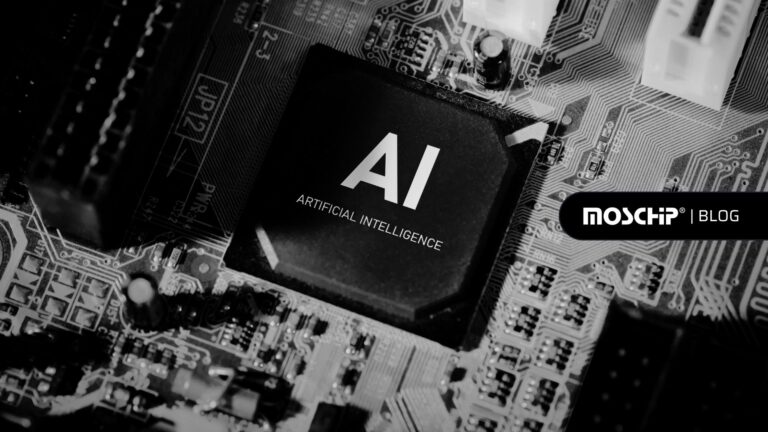Machine Learning Based Facial Recognition and Its Benefits
Machine Learning based facial recognition is a method of utilizing the face to identify or confirm one’s identity. Persons can be identified in pictures, films, or real time using facial recognition technology. Facial recognition has traditionally functioned in the same way as other biometric methods including voice recognition, eye irises, and fingerprint identification.
The growing use of facial recognition technology in a variety of applications is propelling the industry forward. In case of security, authorities are employing this technology to verify a passenger’s identity, particularly at airports. Face recognition software is also being used by law enforcement agencies to scan faces taken on CCTV and locate the suspect. Smartphones are another area of application where the technology has seen widespread adoption where the software is used to unlock the phone and verify payment information. As in the case of automotives self-driving cars are the focus of using this technology to unlock the car and act as the key to start/ stop the car. According to a report published by markets & markets group, the global facial recognition market is expected to grow at a CAGR of 17.2 percent over the forecast period, from USD 3.8 billion in 2020 to USD 8.5 billion in 2025.
Facial Recognition Technology Working Mechanism
A computer examines visual data and searches for a specified set of indicators, such as a person’s head shape, depth of their eyelids, etc. A database of facial markers is built, and an image of a face that matches the database’s essential threshold of resemblance suggests a possible match. Face recognition technologies, such as machine vision, modelling and reconstruction, and analytics, require the utilization of advanced algorithms in the areas of Machine Learning – Deep Learning and CNN (Convolutional Neural Network), which is growing at an exponential rate.
As facial recognition technology has progressed, a variety of systems for mapping faces and storing facial data have evolved based on Computer Vision, Deep Learning each with various degrees of accuracy and efficiency. In general, there exist 3 methods, which are as follows.
- Traditional facial recognition
- Biometric facial recognition
- 3D facial recognition
Traditional Facial Recognition
There are two methods to it. One is holistic facial recognition, in which an identifier’s complete face is analysed for identifying traits that match the target. Feature-based facial recognition, on the other hand, separates the relevant recognition data from the face before applying it to a template that is compared against prospective matches.
Detection – Facial recognition software detects the identifier’s face in an image
Analysis – Algorithms determine the unique facial biometrics and features, such as the distance between nose and mouth, size of eyelids, forehead, and other characteristics
Identification – The software can now compare the target faceprint to other faceprints in the database to find a match
Overview of Facial Recognition System
Biometric Facial Recognition
Skin and face biometrics are a growing topic in the field of facial recognition that has the potential to improve the accuracy of facial recognition technologies dramatically. A skin texture analysis examines a specific area of a subjects’ skin, using an algorithm to take very precise measurements of wrinkles, textures, and pores.
3D Facial Recognition
It’s a technique that uses the three-dimensional geometry of the human face to create a three-dimensional model of the facial surface. It employs specific aspects of the face to identify the subject, such as the curvature of the eye socket, nose, and chin, where hard tissue and bone are most visible. These regions are all distinct from one another and do not change throughout time. 3D face recognition can achieve more accuracy than its 2D counterpart by analysing the geometry of hard properties on the face. In the 3D facial recognition technology, sensors are employed to capture the shape of the face with more precision. Unlike standard facial recognition systems, 3D facial recognition is unaffected by light, and scans can even be done in complete darkness. Another advantage of 3D facial recognition is that it can recognize a target from many angles rather than just a straight-on appearance.
Applications of Facial Recognition Technology Retail
Face recognition in retail opens an ample number of possibilities for elevating the customer experience. Store owners can collect data about their customers’ visits (such as their reactions to specific products and services) and then conclude how to personalize their offerings. They can offer unique product packages to the clients based on their previous purchasing history and insights. Vending machines in Japan, for example, proposes drinks to customers based on their gender and age using facial recognition technology.
Healthcare
It has enhanced patient experience and reduced efforts for healthcare professionals by improving security and patient identification, as well as better patient monitoring and diagnosis. When a patient walks into the clinic, the facial recognition system scans their face and compares it to a database held by the hospital. Without the need for paperwork or other identification documents, the patient’s identity and health history are verified in real-time.
Security Companies
Nowadays machines that can effectively recognize individuals open a host of options for the security industry, the most important of which is the potential to detect illicit access to areas where non-authorized people are prohibited. Artificial intelligence-powered face recognition software can help spot suspicious behaviour, track down known offenders, and keep people safe in crowded locations.
Fleet Management Services
Facial recognition could be used in fleet management to give alerts to unauthorized personnel attempting to obtain access to vehicles, preventing theft. The fact that distraction is the major cause of accidents, which is due to the usage of electronic gadgets. When a driver’s eyes aren’t on the road, facial recognition technology may be designed to detect it. It may also be trained to detect eyes that indicate an intoxicated or tired driver, improving the safety of driver & fleet vehicles.
Benefits of Facial Recognition Technology
With constantly evolving capabilities, it will be fascinating to see where Machine Learning based Facial Recognition technology will reach over next decade. The amount and quality of image data required to train any facial recognition program are critical to its performance. Many examples are required, and each one necessitates a significant number of pictures to develop a thorough comprehension of the face.
At MosChip we offer Machine Learning services to assist organizations in the development of futuristic AI solutions like facial recognition systems, Machine Learning/Deep Learning algorithms that compare facial features to several data sets using random and view-based features, utilizing complex mathematical representations and matching methods. We develop powerful Machine Learning models for feature analysis, neural networks, eigenfaces, and automatic face recognition. We provide Machine Learning services and solutions with expertise on edge platforms (TPU, RPi), NN compiler for the edge, Computer Vision, Machine Vision, tools like TensorFlow, TensorFlow Lite, Docker, GIT, AWS deepLens, Jetpack SDK, and many more targeted for domains like Automotive, Multimedia, Industrial IoT, Healthcare, Consumer, and Security-Surveillance.
About MosChip:
MosChip has 20+ years of experience in Semiconductor, Embedded Systems & Software Design, and Product Engineering services with the strength of 1300+ engineers.
Established in 1999, MosChip has development centers in Hyderabad, Bangalore, Pune, and Ahmedabad (India) and a branch office in Santa Clara, USA. Our embedded expertise involves platform enablement (FPGA/ ASIC/ SoC/ processors), firmware and driver development, BSP and board bring-up, OS porting, middleware integration, product re-engineering and sustenance, device and embedded testing, test automation, IoT, AIML solution design and more. Our semiconductor offerings involve silicon design, verification, validation, and turnkey ASIC services. We are also a TSMC DCA (Design Center Alliance) Partner.
Stay current with the latest MosChip updates via LinkedIn, Twitter, FaceBook, Instagram, and YouTube

